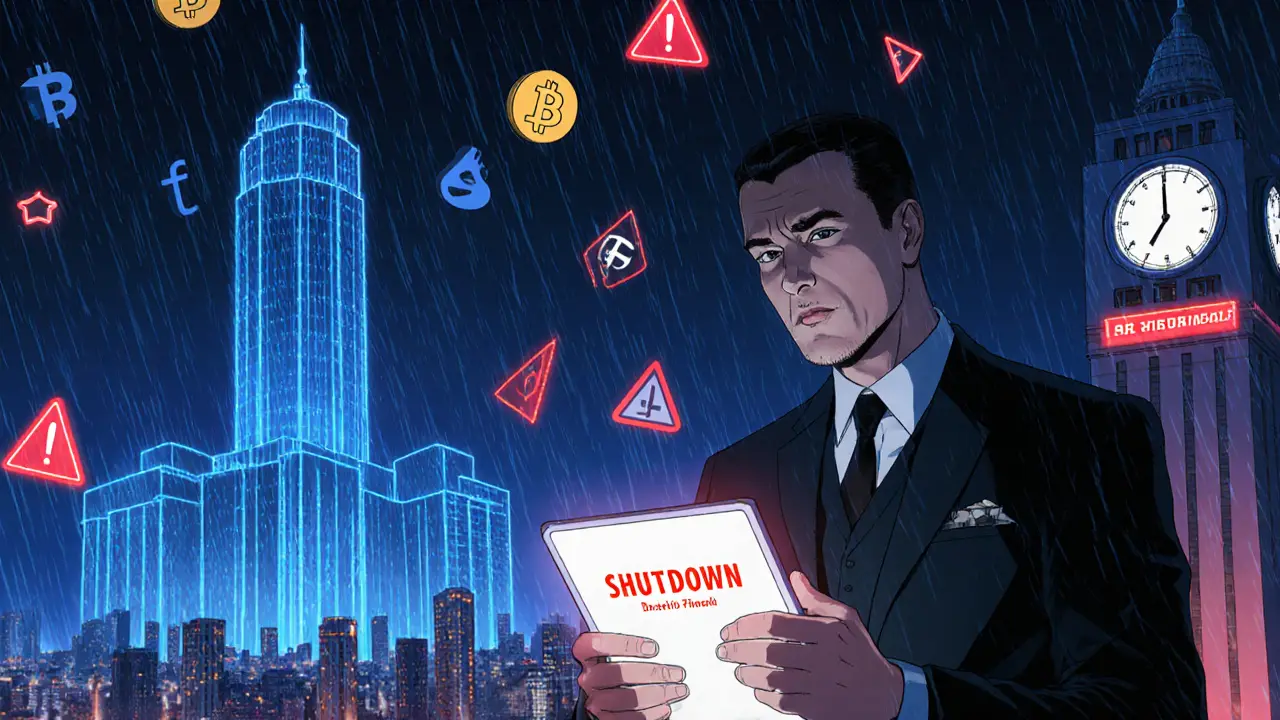Iran Stablecoin Bans: What You Need to Know
When navigating Iran stablecoin bans, the government’s prohibition of pegged digital assets within the country, you quickly run into a web of regulation, technology, and risk. Also called Iranian stablecoin restrictions, these rules target coins that claim a fixed value to a fiat currency, aiming to curb capital flight and limit financial sovereignty challenges. The crackdown forces traders to adapt, often turning to tools like VPN, virtual private networks that mask IP addresses and encrypt traffic to stay under the radar.
Key Players and How They Relate
The bans directly affect stablecoins, cryptocurrencies designed to maintain a stable price by being backed by a reserve asset. Because these tokens are seen as a shortcut around Iran’s foreign exchange controls, the authorities label them high‑risk and often confiscate related accounts. Meanwhile, cryptocurrency regulation, rules governing digital asset usage, licensing, and enforcement in Iran has become stricter, with agencies monitoring exchange platforms like Nobitex for suspicious activity. The enforcement angle creates a feedback loop: tighter rules push users toward VPNs, and increased VPN traffic draws more scrutiny from regulators.
Understanding this ecosystem helps you anticipate the next move. If you’re a trader, you’ll need to gauge the risk of detection when using a VPN, pick a reputable service that rotates servers, and keep transaction sizes modest to avoid triggering red flags. For businesses, aligning with local compliance guidelines—such as maintaining clear KYC records and avoiding direct stablecoin exposure—can reduce the chance of penalties. The interplay between bans, VPN usage, and regulatory oversight defines the current landscape, and staying informed is the best defense.
Below, you’ll find in‑depth articles that break down each piece of this puzzle: from how VPNs work in Iran, to the specifics of recent enforcement actions, and practical steps to keep your crypto activities safe under the ban regime.
- October 7, 2025
- Comments 20
- Cryptocurrency

